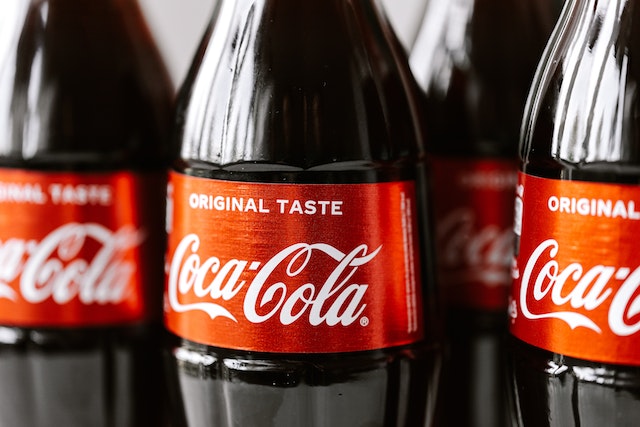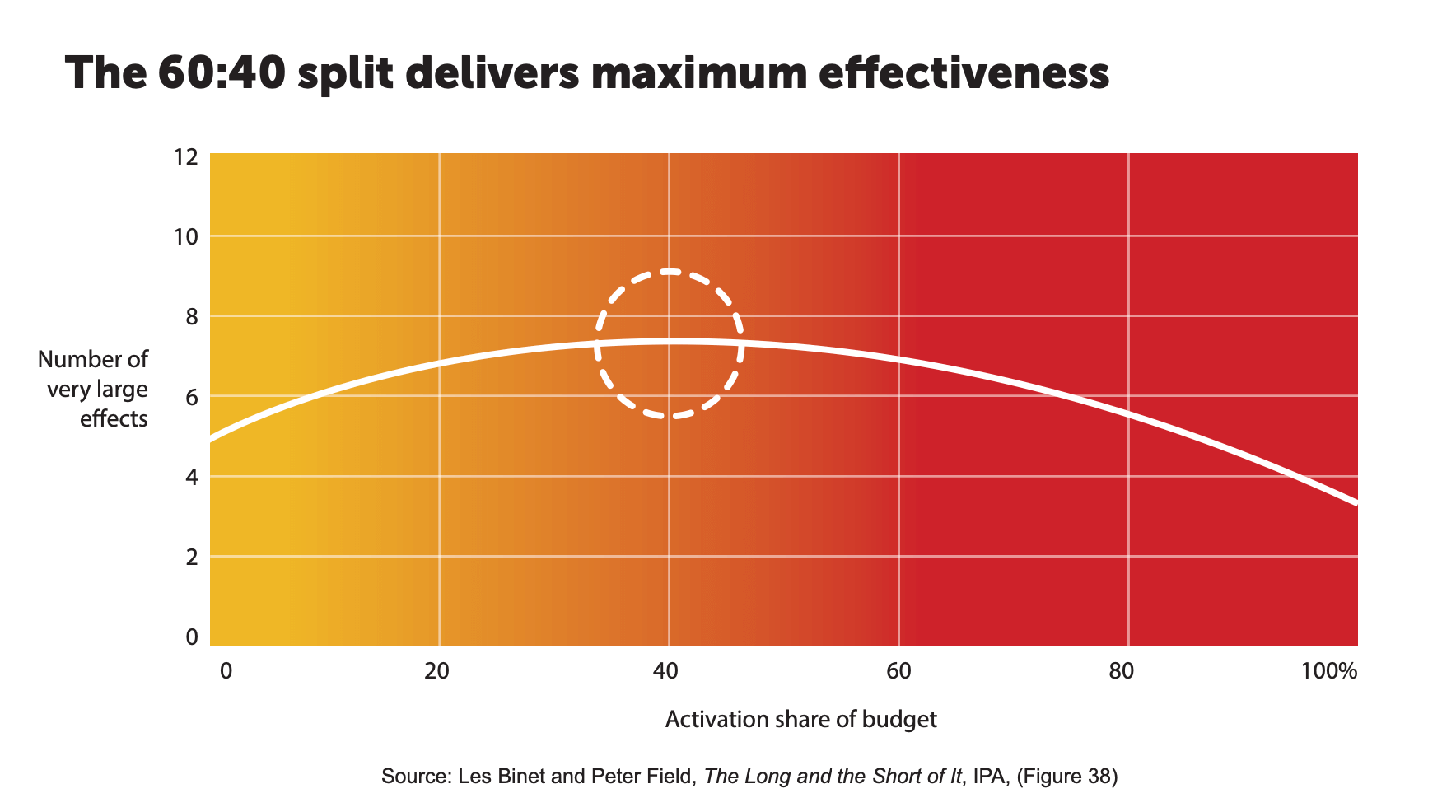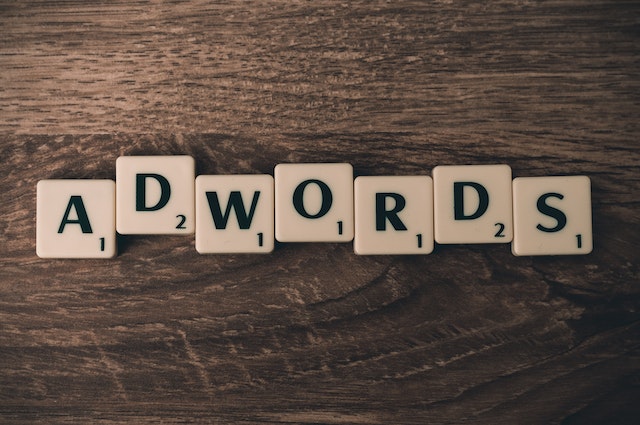-
 Written by Thomas Frenkiel
Written by Thomas FrenkielThomas has over 10 years of marketing experience. After working in media and SEO agencies for 8 years, he joined Funnel in 2022.
What results do you expect from your marketing campaigns? How you answer that question probably depends on whether you focus on a performance marketing strategy or a brand marketing strategy.
Today’s marketers need to balance how they approach performance marketing vs. brand marketing. Either can contribute to a company’s success. Realistically, though, you need to balance both strategies to increase short-term revenues and improve long-term brand growth.
In this blog post, I will define both performance marketing and brand marketing to ensure you know where to put your money and effort. I will also cover some of the pros and cons of today's digital marketing strategies. Finally, you’ll learn how full-funnel marketing offers a more effective strategy for short-term and long-term results.
Let's first define what we mean when talking about 'performance marketing'.
Performance marketing defined
Performance marketing takes a data-driven approach to targeting customers and generating sales. It typically relies on digital marketing channels, including:
-
Pay-per-click (PPC) advertising
-
Social media marketing
-
Influencer marketing
-
Email marketing
-
Ad retargeting
-
Search engine optimization (SEO)
Many of these performance marketing channels offer immediate, trackable results. For example, when someone follows a PPC link and makes a purchase, you as the advertiser can collect data about how much the ad costs and how much revenue the purchase generated.
The digital nature of performance marketing gives you access to data that can help you optimize your campaigns. During an email marketing campaign for example, you can use split testing to evaluate the effectiveness of your content. If you discover that one email variant converts more readers, you can start using it more to get better results.
 Brand marketing defined
Brand marketing defined
Brand marketing or brand advertising focuses on building long-lasting relationships between companies and customers. With brand building, your focus is the total addressable market (TAM), not just the people who are ready to buy your product or service.
Performance marketers might struggle with this brand advertising approach because it is not easy to collect data that shows a direct connection between the marketing strategy and business success. Using a catchy jingle in a video might improve brand recognition without immediately boosting sales. However, improved brand recognition could contribute to higher revenues over time, as more customers feel connected to the company’s products, services, and brand assets.
Brand advertising and marketing efforts can include:
-
Incorporating the same colors, logos, and messaging into all of your marketing channels.
-
Releasing an app that makes it easier for customers to solve problems.
-
Focusing on customer services so more people trust your company.
-
Building relationships through social media sites.
-
Creating and running advertisements for radio, television, podcasts, and websites.
In his book 'This is marketing', Seth Godin writes about the difference between direct marketing and branding:
"The difference is what happens after the ad runs. Direct marketing is action oriented. And it is measured. Brand marketing is culturally oriented. And it can't be measured." But is that really the case?
Some aspects of brand campaigns are easier to measure than others. You can for example easily track how many people interact with your company via social media. It’s much more difficult to know how many people heard an advertisement that played on a local radio station. And it is even harder to understand if it was that local radio campaign, or a billboard next to the highway that resulted in a 20% uplift in shop visits after both the campaign ran and the billboard was bought.
Go deeper: What is brand marketing?
Brand marketing vs performance marketing
| Brand building | Performance marketing | |
| Business goals | Winning market share and future cash flow |
Maintaining lead flow / generating sales |
| Marketing and sales impact | Build brand equity + creates demand for future sales | Leverages brand equity + converts sales |
| Short term or long term |
Long term |
Short term Intra-year campaigns or seasons |
| Messaging |
Emotional |
Rational & Emotional Focussed on product or service |
| Targeting |
Mass targeting to the total addressable market |
Often more focussed on the lower funnel (people with buy intent) |
The pros and cons of performance marketing
Digital marketing strategies driven by data can contribute to a successful business strategy. Of course, there are potential downsides to performance marketing.
Pro: Performance marketing can work throughout the customer’s journey
Performance marketing typically does its job near the bottom of the marketing funnel. It’s a great way to convert a curious person into a paying customer. That doesn’t mean you should only use performance marketing at the end of the customer’s journey.
For example, sequential storytelling told through a series of emails can move leads from the top to the bottom of the funnel.
Con: Your digital marketing strategy needs unique ads throughout the customer journey
The typical sales funnel has at least four stages:
-
Awareness: introducing target audience consumers to the brand and its products
-
Interest: getting potential customers more interested in the brand’s products
-
Evaluation: providing information that makes your brand look like the customer’s best option
-
Closing: finalizing the sale by converting your lead into a customer
Your sales and marketing funnels could have more stages depending on your target audience.
Moving consumers through these stages often means you need to create advertisements that target them at specific points of the customer journey. Each step contributes to your ad spend. Unfortunately, it’s hard to determine how much top-of-funnel ads contribute to sales. You might never really know whether you should cut them or continue paying for more brand exposure.
Pro: PPC campaigns let you see the direct connection between ads and purchases
Pay Per Click or PPC campaigns are attractive performance marketing channels because you can see precisely how well your ads work. If 1,000 people click one ad and only 100 people click another ad, you know to adjust your performance marketing allocation to fund the option that gets better results.
PPC also makes identifying authentic consumer insights easier. What happens when 1,000 people click on an ad, but the messaging only converts 100 of them into customers? That’s a deeper insight that could mean you need to realign your PPC ad text with the messaging on your landing page.
Con: PPC advertising can get expensive
A PPC marketing strategy lets you collect data and view results almost in real time. Unfortunately, the most popular PPC keywords can cost a lot of money. That might not matter as long as people who click the link follow through and finalize purchases. On the other hand, a lot of clicks that don’t lead to conversions could deplete your PPC marketing budget quickly.
Additionally, PPC campaigns only work for as long as you fund them. The day you end your campaign, your PPC ads will disappear. They can drive sales, but you should only expect short-term results.
Brand marketing offers more long-term benefits. After a couple of years growing your brand recognition, you could take a break without many negative consequences.
The pros and cons of brand marketing
Marketing companies can spend a lot of time comparing aesthetic and creative approaches they believe will express your foundational brand elements. Ideally, this effort leads to a campaign that instills long-term brand loyalty and improves your overall business strategy. Will the approach work? Even professional brand marketers can struggle to answer that question.
Pro: You build a strong brand recognition
Consumers would rather buy products from a brand they know and trust instead of taking a chance on a company they’ve never heard of. Building strong brand recognition could make your company a more attractive option for buyers. The more often people are exposed to your brand messaging, the more likely they are to choose you over competitors.
Pro: Long-term brand awareness can lead to long-term business success
Brand marketing could take weeks, months, or years. The first time someone is exposed to your brand marketing probably won’t mean much to them. Over time, they become more accustomed to seeing your name, products, and services. Eventually, you could become a trustworthy brand name that they feel comfortable shopping with.
While it takes time to build a strong reputation, you get long-term results from the effort. Once people know you, your name will stay with them. Keep giving them positive experiences so they will continue buying from you.
Con: You don’t know which aspect contributed to your success
Unfortunately, you might never know which aspect of your brand marketing campaign did the heaviest lifting. That makes it nearly impossible for you to create future campaigns that will get the same results. At best, you develop inspiring creative briefs and distribute content marketing through the brand channels that worked well before.
Will you get the same results? Maybe. Brand building takes luck as well as talent, effort, and money.
Pro: Brand marketing may also boost short term results
While the focus of brand campaigns are to build a strong brand over the long term, new research shows that these campaigns also help boost short term sales. At the same time, performance or short term sales generated campaigns do not typically help brand building efforts.
Together, these short-term and long-term approaches to marketing can contribute to a full-funnel strategy that improves business performance.
A full-funnel approach to marketing
According to McKinsey, marketing has developed a split personality that simultaneously relies on traditional marketing and more data-driven approaches. Relying on just one strategy can create a skewed focus. For instance, a brand marketing plan that ignores the benefits of other opportunities. Combining brand marketing and performance marketing in your channel strategy will likely lead to better results.
It’s time to stop thinking about performance marketing vs. brand marketing, and instead try to find the right balance.
The 60-40 rule
One solution in finding that balance between brand and performance comes from researchers Binet & Field. They studied advertising effectiveness and found that companies have most beneficial effects from their advertising, if they spend 60% on brand building and 40% on 'activations', or performance marketing campaigns.

Image from Thetomroach.com
While the exact ideal rate will differ for each vertical, this shows that you need to do both in order to be most effective.
The takeaway
Performance marketing and brand marketing can play roles in business success, but you’ll ultimately succeed more by taking a full-funnel approach.
Here's why:
You need to harvest the demand that exists right now (performance) but also plant seeds for the future (brand).
FAQs
Are there specific marketing channels that are better suited for brand marketing vs performance marketing?
There's some overlap, but generally:
-
Brand Marketing Channels: These channels focus on awareness and building brand image. They often take a longer time to show results but can have lasting impacts. Examples include:
- Traditional Media: Television commercials, radio ads, print ads (magazines, newspapers)
- Content Marketing: Blog posts, infographics, videos (not directly promoting a product)
- Social Media Marketing: Building a brand community, influencer marketing (when focused on brand image, not product sales)
- Public Relations: Press releases, sponsorships (focused on brand association)
-
Performance Marketing Channels: These channels focus on driving conversions and sales, often with more immediate results. Examples include:
- Search Engine Marketing (SEM): Pay-per-click (PPC) ads, Search Engine Optimization (SEO) that targets high-intent keywords
- Social Media Marketing: Paid social media ads targeting specific demographics or interests
- Email Marketing: Targeted email campaigns promoting specific products or offers
- Affiliate Marketing: Partnering with other websites to promote your products for a commission
Does the 60-40 rule apply to businesses of all sizes?
The 60-40 rule (60% brand marketing, 40% performance marketing) is a general guideline. It might not be perfect for every business, especially:
- Startups: Since brand awareness is often low initially, a higher percentage might be allocated to performance marketing to acquire early customers.
- Established Brands: Businesses with strong brand recognition might allocate more towards performance marketing to capitalize on existing brand awareness.
How can I track the effectiveness of my full-funnel marketing strategy?
Tracking a full-funnel strategy requires looking at metrics across different stages of the customer journey. Here are some methods:
- Marketing Attribution Tools: These tools help you understand which marketing touchpoints (website visits, ad clicks, etc.) contribute to conversions.
- UTM Parameters: Adding UTM parameters to your marketing links allows you to track traffic sources and campaign performance.
- Customer Journey Mapping: Visually map your customer journey and identify key metrics for each stage (e.g., website traffic for awareness, conversion rates for purchase).
- CRM Integration: Connecting your marketing tools to your Customer Relationship Management (CRM) system provides a holistic view of customer interactions.
By combining these methods, you can see how brand marketing efforts (like increased brand awareness) influence performance marketing results (like higher conversion rates). It's an ongoing process of analyzing data and refining your strategy for optimal results.
-
 Written by Thomas Frenkiel
Written by Thomas FrenkielThomas has over 10 years of marketing experience. After working in media and SEO agencies for 8 years, he joined Funnel in 2022.

